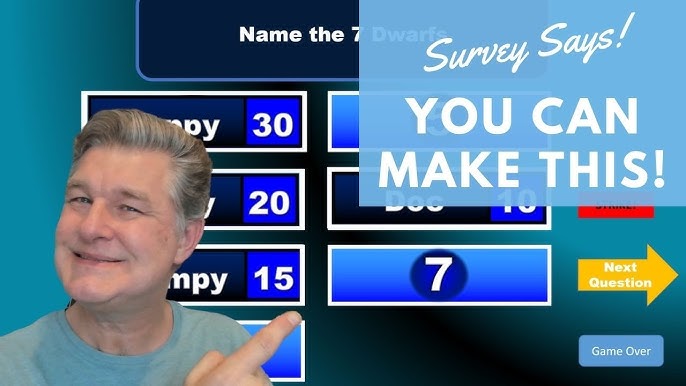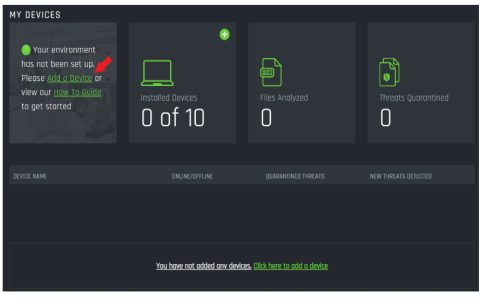Creating a custom Family Feud game requires structured question design, careful preparation, and smooth execution. Here's the essential blueprint:
Core Game Structure & Roles
- Teams: Divide players into two families (minimum 3 members per team).
- Host: One person reads questions, facilitates rounds, and manages scoring.
- Survey Source: Pre-determine your participant pool (e.g., 50 colleagues, 30 friends).
Crafting Effective Survey Questions
- Ask Open-Ended Prompts: "Name something people are afraid of" or "Tell me a common household chore."
- Prioritize Variety: Mix topics (work, home, pop culture, hypotheticals).
- Target Common Answers: Ensure questions have multiple plausible responses.
- Collect Responses: Survey your defined group for each question. Tally answers verbatim.
- Compile the "Board": For each question, list the top answers based on survey frequency.
Key Gameplay Rounds
Round 1: Face-Off (Single Answers)
Two opposing players vie to answer. First buzz-in gives one answer. If it's on the board, their team plays OR passes to the other team.

Main Round (Team Collaboration)
Active team gets up to 3 strikes to find remaining top answers.
- Scoring: Points = Answer Rank (e.g., #1 = 50 points, #5 = 10 points).
- All or Nothing: If they find all answers, double the round points.
Bonus Round (Fast Money)
One player answers 5 questions solo under time pressure (e.g., 20 seconds). Partner answers same questions separately without hearing first answers. Cumulative points target wins the game.
Execution Essentials
- Question Master: Host must clearly state the question exactly as surveyed.
- Answer Management: Designate a non-host "scorekeeper" to reveal board answers and track points/strikes visually.
- Buzzers (Optional): Use physical buzzers, apps, or simple hand-raising.
Pro Tips
- Test Questions: Run questions by a small group before the game to check difficulty/ambiguity.
- Visual Board: Display answers clearly as they're revealed (whiteboard, slide deck).
- Fast Pacing: Keep the game moving; set time limits for team huddles.
- Clear Rules: Explain scoring, strikes, and pass/play choice upfront. Enforce consistent rules.
- Accept Synonyms: Be prepared to judge similar answers ("kennel" vs. "dog house").








